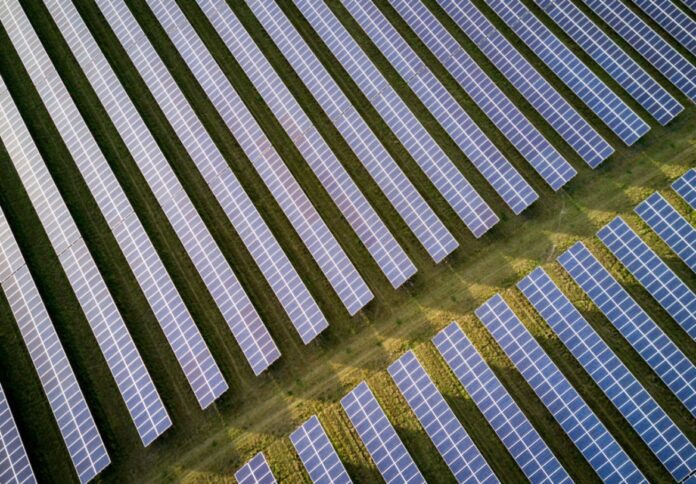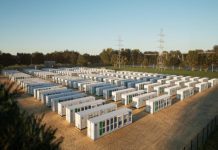
Australia’s renewable energy transition is gaining speed, with new government policies and private investments promising transformative impacts on energy, transport, and industry, according to a report by The Climate Council.
According to projections discussed by Climate Change and Energy Minister Chris Bowen, initiatives such as the New Vehicle Efficiency Standard (NVES) and an expanded Capacity Investment Scheme (CIS), starting in 2025, are poised to cut emissions dramatically.
The council stated these initiatives aim to fast-track Australia’s transition to cleaner energy, transport, and industrial practices, with the NVES expected to reduce climate-damaging emissions by 20 million tonnes by 2030.
In the past year, renewables have powered more than a third of Australia’s electricity grid, supported by major projects like the 700 MW battery replacing the Eraring coal-fired power station in New South Wales and Victoria’s publicly owned solar farm near Horsham.
“Renewable energy has already made up about 40 per cent of electricity in the national grid in the past 12 months,” said Climate Councillor and energy expert Greg Bourne.
“The Australian Energy Market Operator and the International Energy Agency have outlined renewables as the safest, cleanest, and lowest-cost path forward. This shift is inevitable as ageing coal-fired power stations phase out by 2040.”
The clean energy boom is also reshaping how Australians power their homes and industries. With four million rooftop solar installations, more than 100,000 solar households adding batteries, and businesses expanding their reliance on green energy, Australia is rapidly embracing sustainable solutions.
“Australia’s shift to clean energy is well underway,” said Amanda McKenzie, CEO of the Climate Council. “These solutions are making a tangible difference right now, slashing Australia’s climate pollution and creating renewables jobs, particularly in regional areas.”
The Federal Government’s policies are complemented by growing private sector engagement, with heavy industries integrating renewable energy sources and increasing green hydrogen capacity.
The transition is also visible in the transport sector, with over 160,000 electric vehicles (EVs) now registered in Australia.
The Climate Council’s Momentum Monitor, a quarterly tracker of climate solutions, underscores this progress across energy, transport, and manufacturing.



















